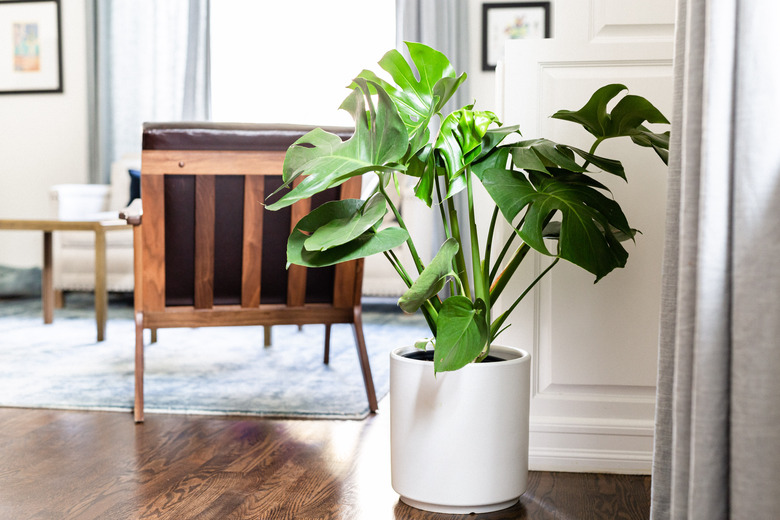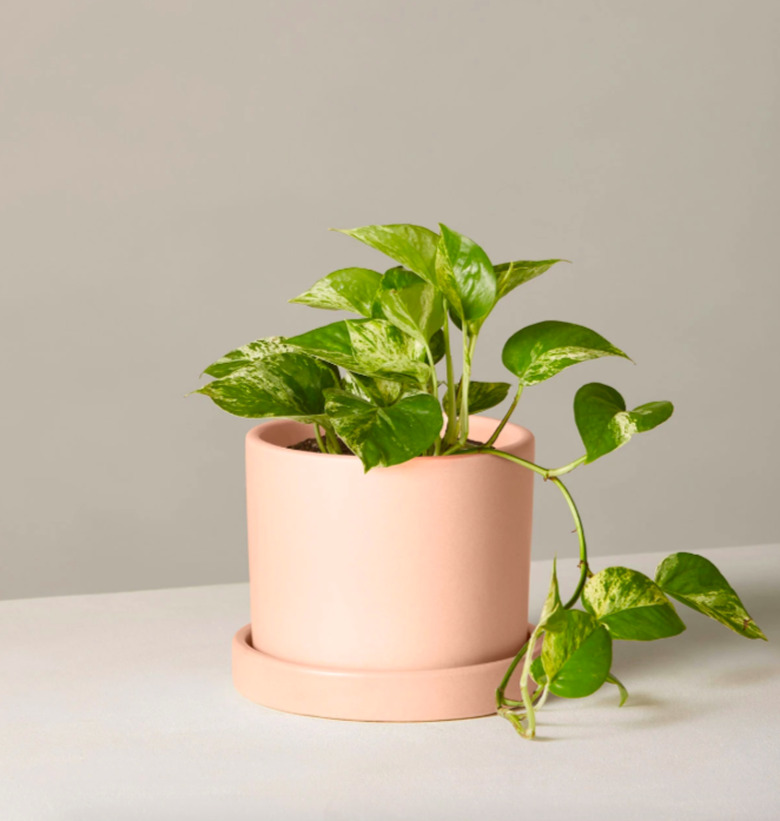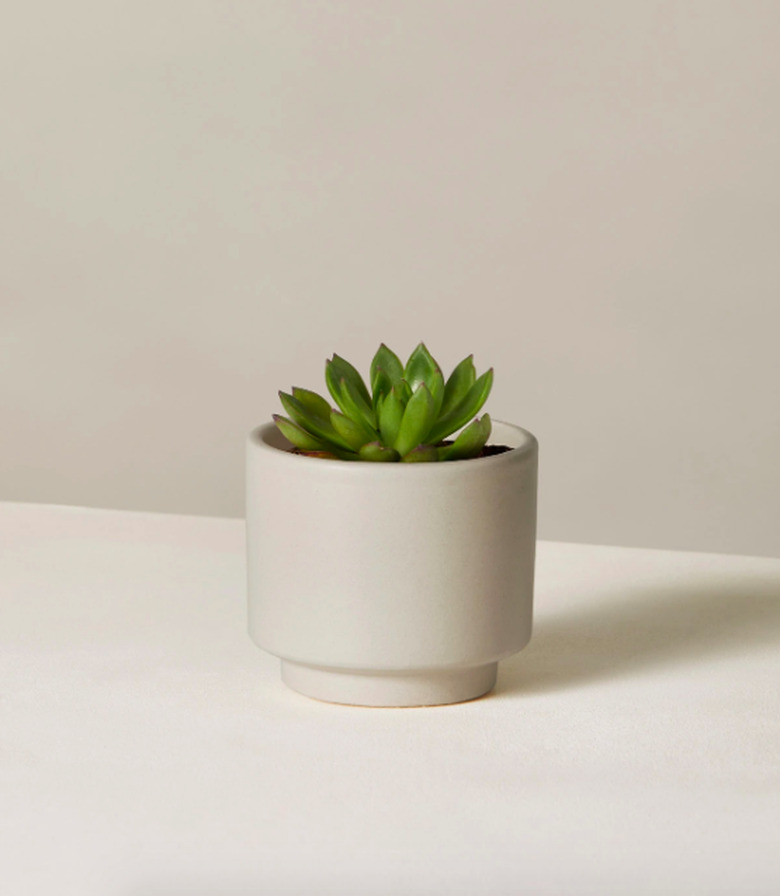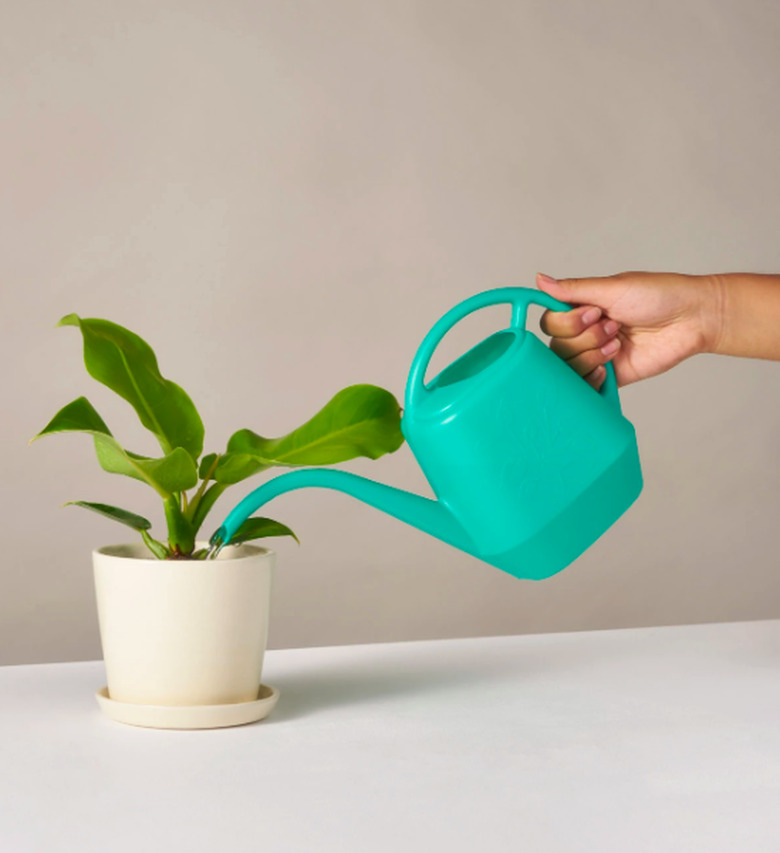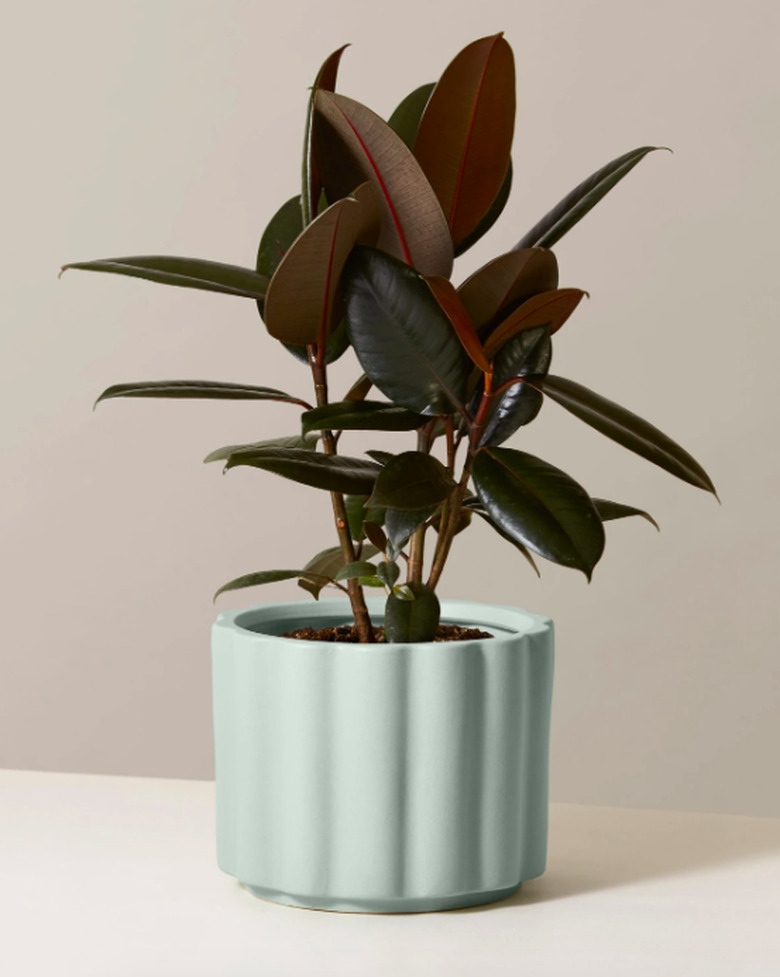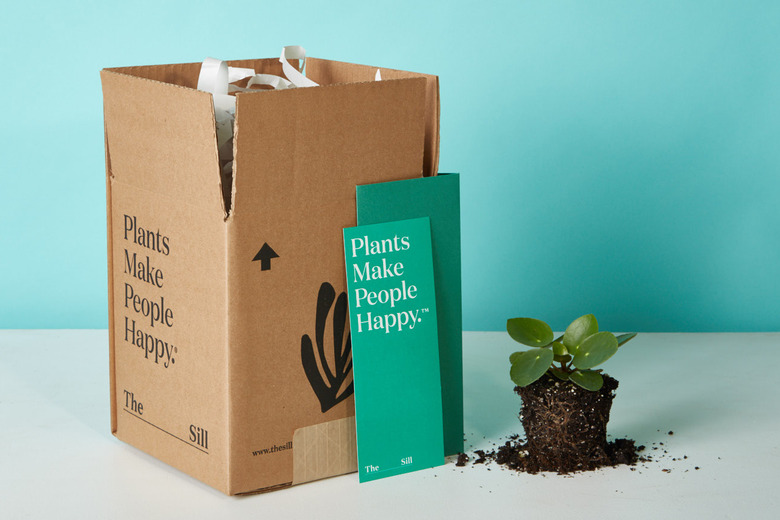5 Things Any Budding Plant Parent Needs To Know, According To The Sill
New to plants? No problem. (That's what we're here for.) To help assist you in new parenthood, we asked the popular online plant retailer, The Sill, to share the best tips on how to kick off your greenery's life like a boss.
Ready to parent like a pro? Scroll down for the top five tips for any budding plant parent should know, straight from The Sill's director of brand marketing, Erin Marino.
1. Find the Light
"Our number one rule of (green) thumb is to determine the amount of sunlight your space receives, and to choose your plant accordingly.
Generally speaking, south-facing windows provide bright light for the majority of the day. If your window is south-facing, you can choose almost any plant, and situate them directly in front of the window or a few feet away, depending on whether they do better in direct or indirect light. East- and west-facing windows both provide medium light for the majority of the day. In these instances, it's best to keep your plants well within a few feet of the window, or choose a plant that can tolerate moderate to low light inside, like a Snake Plant, ZZ Plant, or Pothos. Last but not least, north-facing windows generally provide the lowest level of light. Choose plants that can tolerate low light conditions and keep them near the window.
Remember that while nearly all plants prefer bright light, some will need to be protected from intense direct sun. If the summer sun is intense enough to burn your skin, it can be too much for your tropical plant's leaves, too. To protect your plants from burning during the peak of the summer, draw a sheer curtain during the day or move them a foot or two away from the window until fall."
2. Consider Your Schedule
"Now that you have light requirements out [of] the way, consider how much time you spend at home. Think about your daily schedule, travel frequency, and general forgetfulness. If your absentmindedness or crazy work schedule is what has stood in the way of plant ownership, pick a plant that thrives from neglect. For example, if you have bright direct light, try a Haworthia or Echeveria; if you have lower indirect light, try a Snake Plant or ZZ Plant. All these plants have succulent characteristics and can go weeks without water."
3. Read the Room Soil
"Beware of overwatering new plants — it's the easiest way to kill them. You may be tempted to water your plant on a strict schedule but the best thing to do is to water it only when needed. Always check the surrounding potting mix first before giving it a drink.
Environmental and seasonal changes can throw your plant's watering schedule off, too. For example, plants need less water in the winter, when days are shorter and they're growing slower ... but if you're blasting your heater, the potting mix might dry out quicker, and they might need water more often. Telltale signs your plant is thirsty are wilting leaves, curling leaves, or potting mix pulling away from the sides of the plant's planter. Bonus tip: Always use tepid, room temperature water to water your plants.
4. Keep a Stable Environment
"Try to keep your plant's indoor environment as stable as possible. Plants, just like most of us, are happiest between 65 and 75 degrees Fahrenheit. Extreme fluctuation in an indoor plant's environment can seriously stress them out. Do your best to avoid placing your plant near temperature hazards like vents, radiators, and exterior doors, which might create hot or cold spots and drafts."
5. Start Healthy
"To set yourself up for success, try your best to purchase a healthy plant from a reputable source. If it's your first time plant shopping, don't be shy about asking the store or garden associate for their help. Surprise: Most plant people love talking about plants. They'll be happy to give your new plants a once-over with you before you purchase, and tell you what to keep in mind for a future solo shopping trip.
Some signs of poor plant health are yellowing leaves (in new growth), powdery mildew, multiple leaf spots, brown leaf tips, and weak or wobbly stems. All these symptoms of poor plant health can absolutely be treated, but if you're just starting your plant parent journey, you'll want to kick it off with ease. If you can't check out plants in person, there's plenty of incredible plant companies out there that have an online store in addition to their physical locations (like The Sill!). Our greenhouse team prunes, pots, and packs every order — meaning lots of care goes into every step, and we're ensuring only the happiest and healthiest plants are sent out the door."
